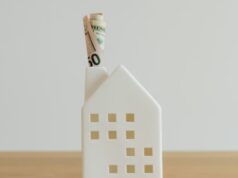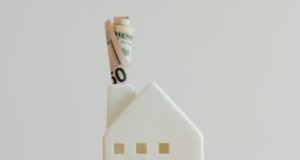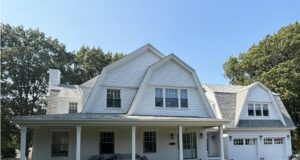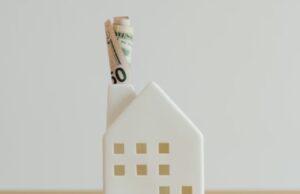Best Blue-Chip Real Estate Investments
While gambles on up-and-coming neighborhoods and new developments paid off for many real estate investors during the boom, housing markets across the country are now awash with unsold condos and suffering from sluggish sales.
But this is not the case for homeowners in so-called “blue chip” neighborhoods. Properties in these well-established spots have held on to and increased in value over the last 17 years. They include segments of Pacific Palisades in Los Angeles, areas of Chicago and parts of University Park in Dallas. In these spots, the median home sale price has grown, in that time, by 440%, 236% and 148%, respectively.
In search of these and other “blue-chips,” Forbes.com looked at home appreciation data from NeighborhoodScout.com, a Rhode Island-based real estate research firm that tracks these numbers at the Census-tract level. It revealed the spots in the country’s 15 largest metros which show the greatest total historical appreciation since 1990. After all, a truly robust market can weather market downturns and grow during market spikes, no matter how many cycles it goes through.
We constrained our data set in two ways. Neighborhoods had to post prices in the city’s median range or above in 1990, and the majority of homes in the neighborhood had to be built before 1990. Otherwise, the list would be filled with two kinds of false positives: areas infiltrated with the abandoned-warehouse-turned-high-rise, where property values easily might have shot up 2,000%, but where none of these homes really appreciated, and those filled with new construction.
While good for urban renewal, new construction doesn’t indicate areas are becoming more valuable, just that expensive homes are parachuting in. A true blue-chip neighborhood is of high quality and stands the test of time, regardless of how much new construction or re-zoning the government leverages as incentive for builders.
NeighborhoodScout.com aggregates its data on the Census-tract level, which are, effectively, neighborhoods as defined by the Census Bureau. ZIP codes, another common method of measurement, are defined based on mail delivery efficiency, and thus often cut across very different neighborhoods. The Census-defined neighborhood is purely geographical, which makes the data more precise.
Behind The Numbers
In some cases, our blue-chip picks encompass a city’s priciest area. This was the case with New York, where a swathe of the Upper East Side, in the East 70s, was found valuable in 1990 and has appreciated by 325% since then. Of course, stability and strong, consistent growth gets cooked into the neighborhood’s $2.45 million median home price tag.
None of the neighborhoods on our list are particularly cheap. Even by California standards, the Sea Cliff area of San Francisco and Pacific Palisades in Los Angeles command top dollar, drawing median rates of $2.2 million and $3.1 million, respectively.
Still, in some places, the strongest-growing parts of town were middle- or upper-middle-class areas that were a good value in 1990, have exploded in value since, and are presently proving they can withstand the downward draft.
Good examples? Laurelhurst in Seattle and the Brickell Avenue/13th Street area of Miami. Neither neighborhood can be called the most expensive part of town, but both have been strong and steady gainers, appreciating 216% and 471% respectively since 1990.
Another consideration for some blue-chip areas: the range of housing prices. In the Embassy Row section of Washington, D.C., there’s little available much below the $2.84 million median price. But head to the Walnut Street and Third Street section of Philadelphia, and you’ll find townhouses listing above $2 million–but you’ll also notice that about 30% of the homes for sale are available for between $340,000 and $670,000. Goes to show that, while the homes are smaller, and are often apartments, they represent affordable buying opportunities in many blue-chip neighborhoods.
The prices are high, but you get what you pay for–especially when it comes time to hang out the “For Sale” sign.
By FORBES.com


















